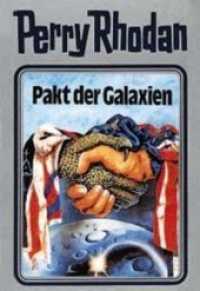- ホーム
- > 洋書
- > 英文書
- > Religion / Ethics
Full Description
Emerging in Spain after 1250, Jewish narrative figurative painting became a central feature in a group of illuminated Passover Haggadot in the early decades of the fourteenth century. Illuminated Haggadot from Medieval Spain describes how the Sephardic Haggadot reflect different visualizations of scripture under various conditions and aimed at a variety of audiences. Though the specifics of the creation of these works remain a mystery, this book delves into the cultural struggles that existed during this period in history and shows how those conflicts influenced the work.
The culture surrounding the creators of the Sephardic Haggadot was saturated in conflict revolving around acculturation, polemics with Christianity, and struggles within Sephardic Jewry itself. Kogman-Appel presents the Sephardic Haggadot as visual manifestations of a minority struggling for cultural identity both in relation to the dominant culture and within its own realm.
Contents
Contents
List of Illustrations
Preface
Introduction
Part I: Acculturation and Borrowings from Christian Art
1. The Manuscripts
2. Motif Books and Images from Memory: Image Making in the Golden Haggadah and British Library, Or. 2884
3. The Rylands Haggadah and British Library, Or. 1404
4. The Sarajevo Haggadah and the Bologna-Modena Mahzor
5. Other Methods of Image Making
Conclusions to Part One
Part II: Meaning and Message
6. Jewish Biblical Exegesis Employed in the Strategy of Image Making
7. Designing the Messages of the Sephardic Picture Cycles: The Cultural Profile of the People Involved
Conclusions to Part Two
Notes
Bibliography
Photo Credits
Index








